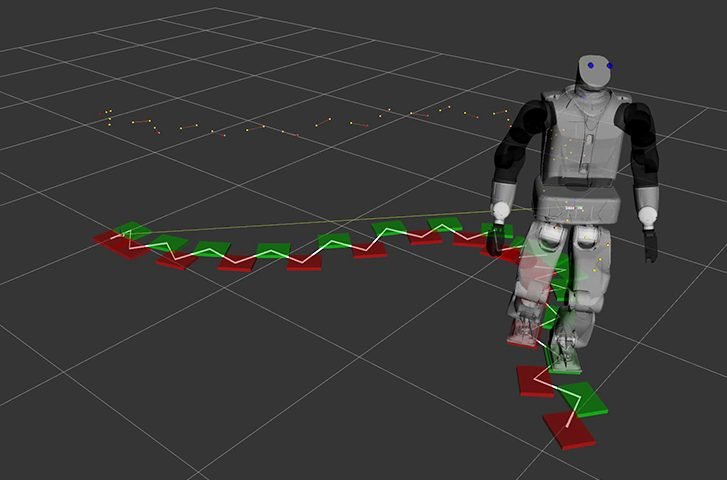Advanced Cognitive AI Systems Emotional Intelligence in Humanoid Robots
Introduction Advanced cognitive AI systems are the driving force behind humanoid robots’ ability to process complex information, make decisions, and interact naturally with humans. One of the most intriguing developments in this area is the integration of emotional intelligence (EI), allowing robots to perceive, interpret, and respond to human emotions. This capability bridges the gap […]
Advanced Cognitive AI Systems Emotional Intelligence in Humanoid Robots Read Post »

